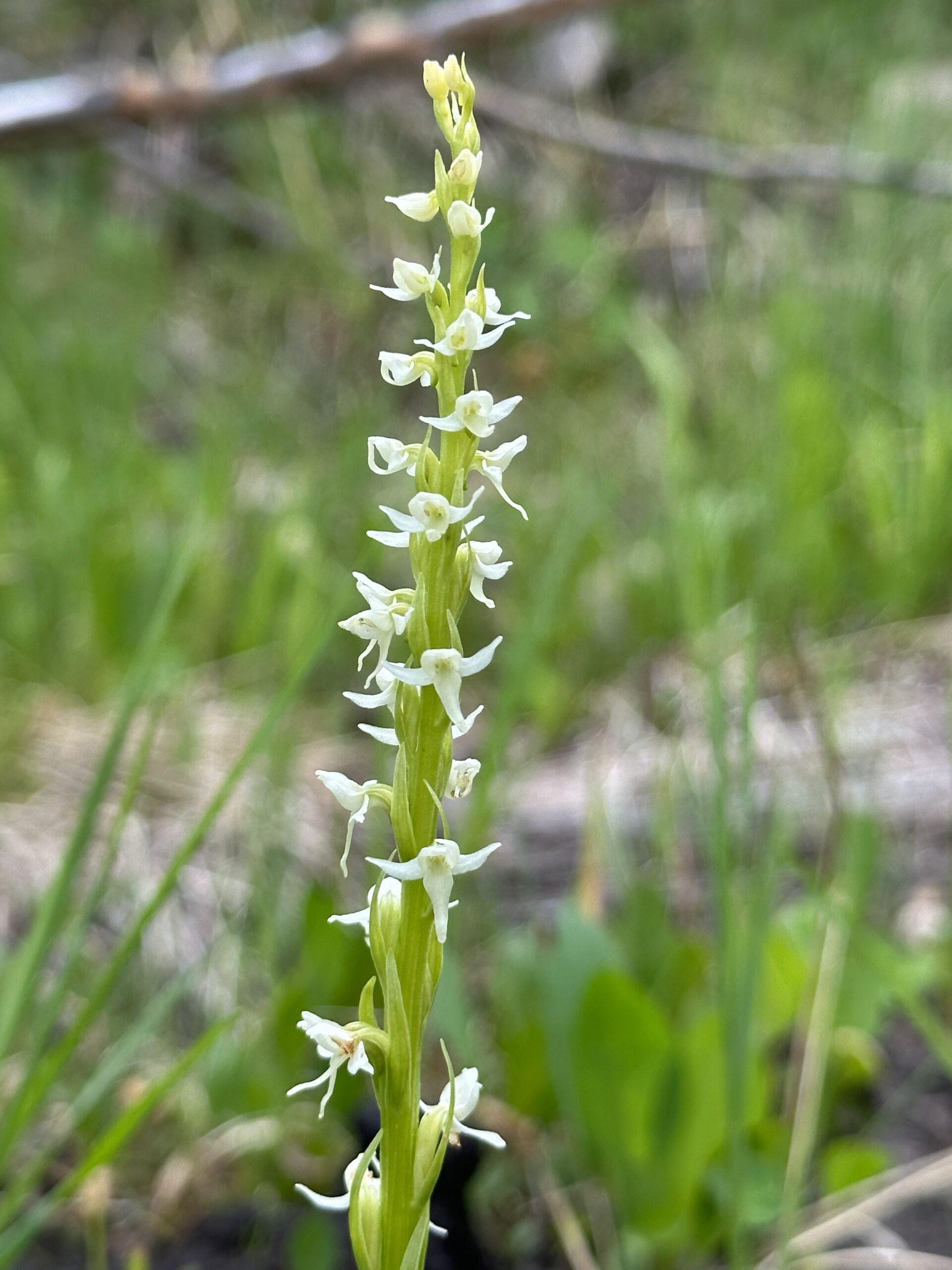Entering the field season working alongside the U.S. forest service began with memorizing many new acronyms, names, acronyms, protocols, and acronyms. My co-intern turned bestie, Cassidie and I were fortunate regarding timing as we could attend the scheduled forest wide orientation providing us a brief look into the many departments. Is it just me or did you all know that there’s a job titled ‘Silviculturist’ in Timber that manages/designs the forest and climbs trees for a living, or that the ‘Hot Shots’ from Fire are essentially the marines of the forest service? Put simply, I’ve learned a lot in my short time here and have quickly adjusted as everyone from Uinta-Wasatch-Cache (UWC) has welcomed us with support and smiles all while purveying the importance of safety in these positions.
One of the aspects I love about this forest is that they understand the value of people and that they work best when placed in a work environment they can thrive in, so I wanted to be sure to recognize the people imperative in such roles through these blog posts. Sierra, our boss and mentor goes above and beyond for us despite her busy schedule. We quickly realized that she’s an astute leader who see’s the larger picture and provides us with many opportunities involving developing new skills, networking, overall growth within the career path and so much more. She’s more than prepared us with the tools we need to succeed in this position and trusts us to get the seed collection job done. For instance, one of the first tasks she assigned us involved creating a pamphlet for our target species which has proven to be extremely helpful in:
1.) Becoming familiar with the species
2.) Quick identification out in the field
3.) Sharing our species list with others to let us know if they see them
We look forward to proving her right.
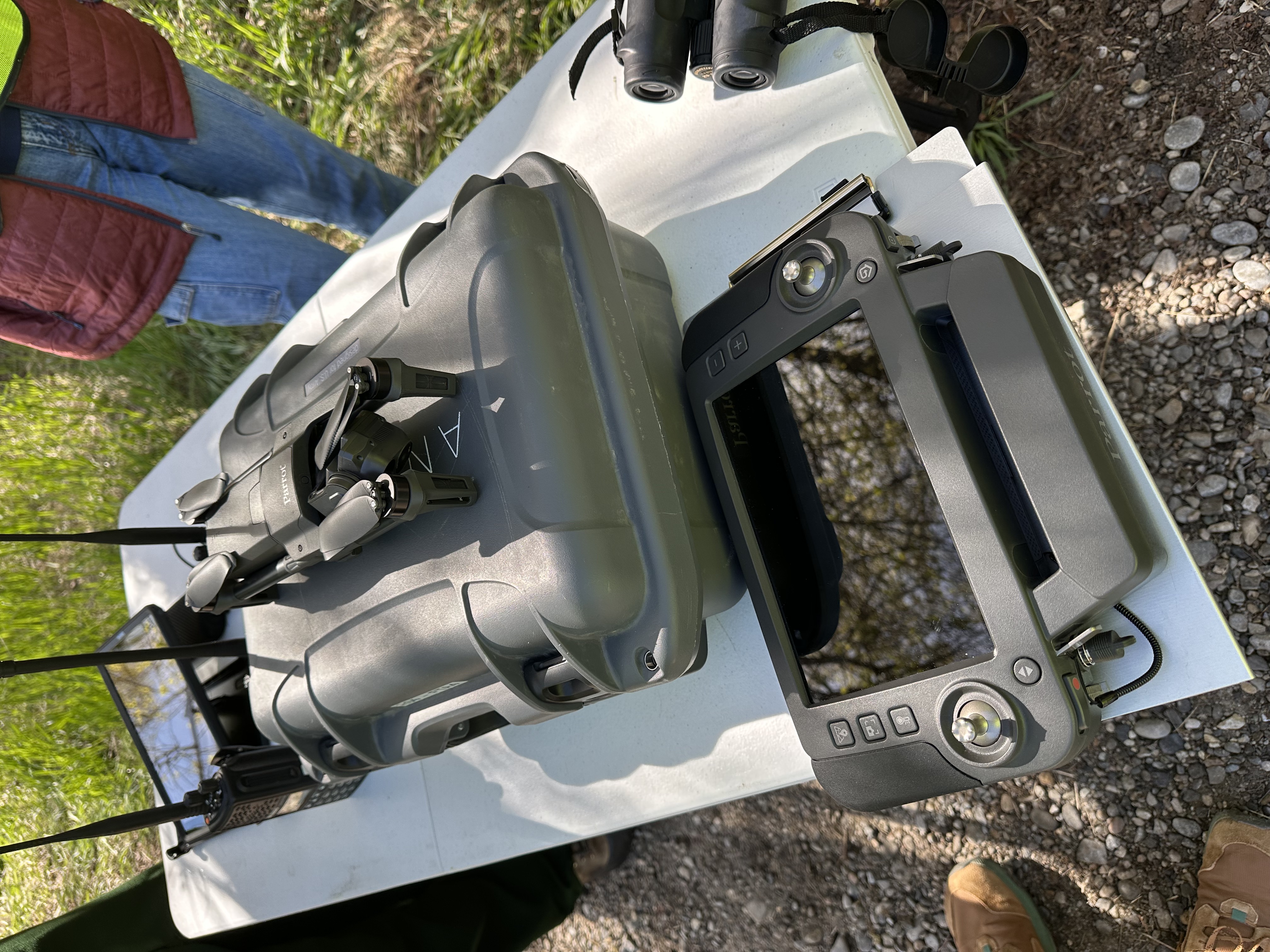

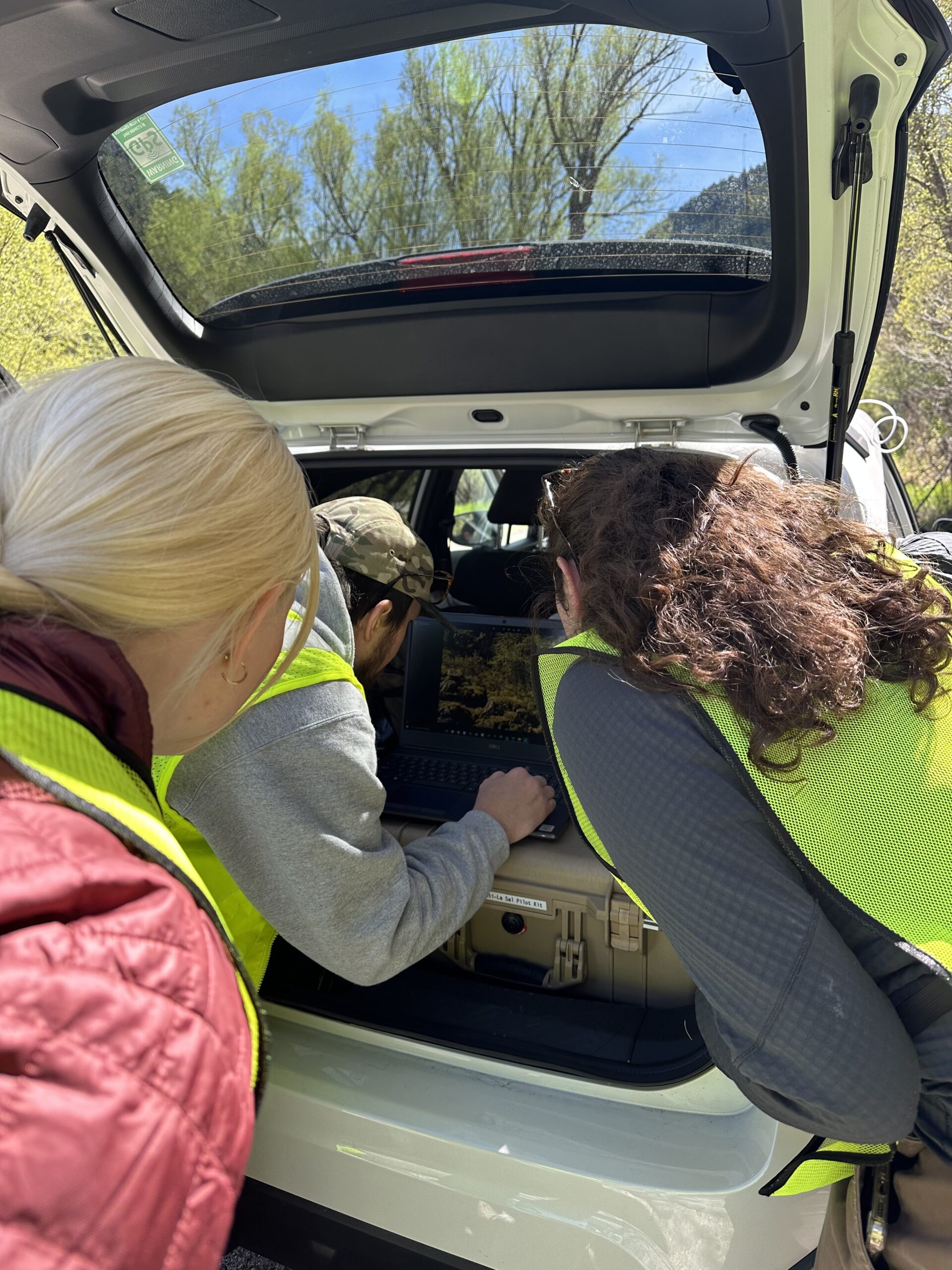

Our first field day involved working with a geologist who piloted the drone pictured above to survey populations of the endemic to Logan Canyon, therefore found nowhere else in the world, Primula maguirei aka Maguire Primrose. This was the first time drones had been used for botany in this forest and we’re thrilled for it’s potential use in the field since this primrose grows on cliff-sides that are hazardous for field techs to get to. Attempts to get closer are not only dangerous, but also disrupt the habitat they grow in. Previously, field techs would use binoculars to count populations, understandably creating a margin of human error. Using drones could remove that margin of error through imagery and spectral signatures, accurately identifying and counting populations while potentially including areas that have been out of reach.
Being involved in this project came with an important reminder that unlike national parks that are meant to be preserved, national forests get used. This key factor is why it’s important to get this work done, particularly for this species. Utahn’s love their outdoor activities. People swarm from all over to join them in the great outdoors Utah has to offer, myself included. One of the reasons this site was chosen for drone surveying was because it had a healthy sized population, but also because people like to rock climb here. Continuous recreational use of this cliff-side would cause detrimental effects to the habitat thus the population.
Adventuring into the forest with the botany technicians is when I began to feel like I was making a true contribution. We helped them complete element occurrences (EO’s) which involve monitoring an area with a previously recorded siting of a threatened, endangered, or sensitive (TES) species. It’s important for botany tech’s to revisit said sites, especially if it falls within Fuels sites, Timber sale sites, or construction geographic information systems (GIS) polygons. The idea is to prevent a potential rare population from being obliterated. Fortunately for us, almost every site revisited contained the rare species we searched for! Here are a few that we were lucky enough to get pictures of.
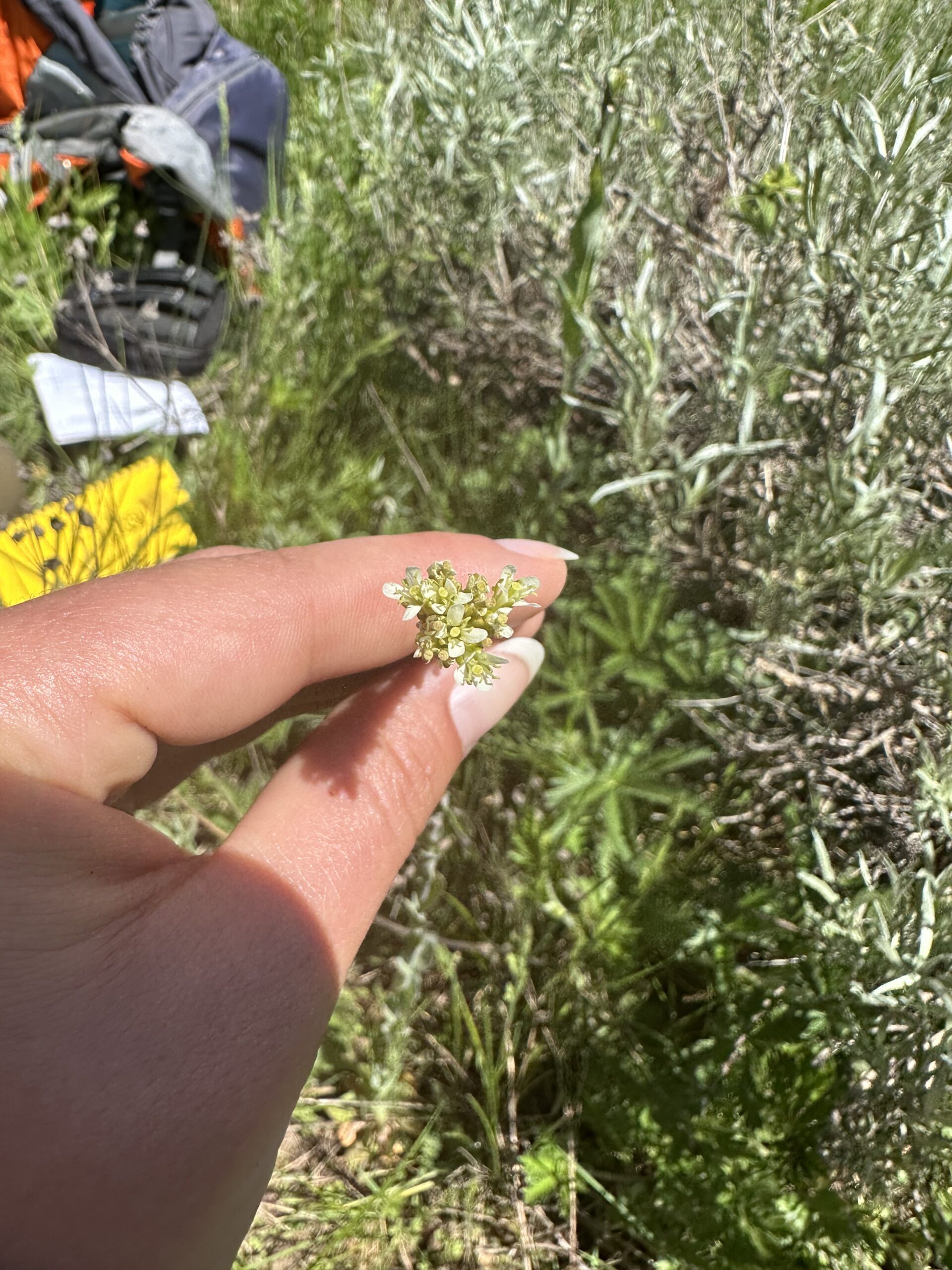
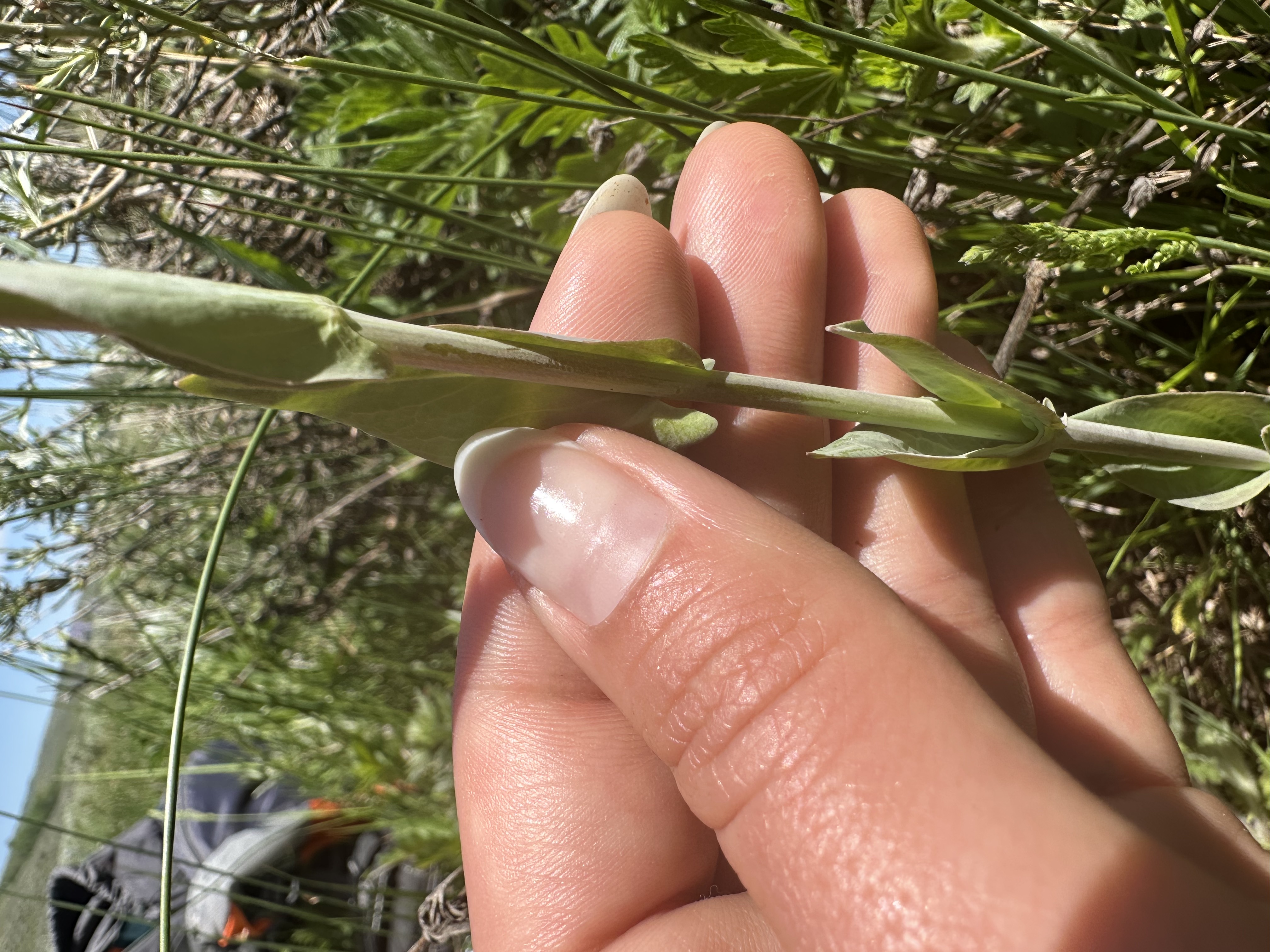
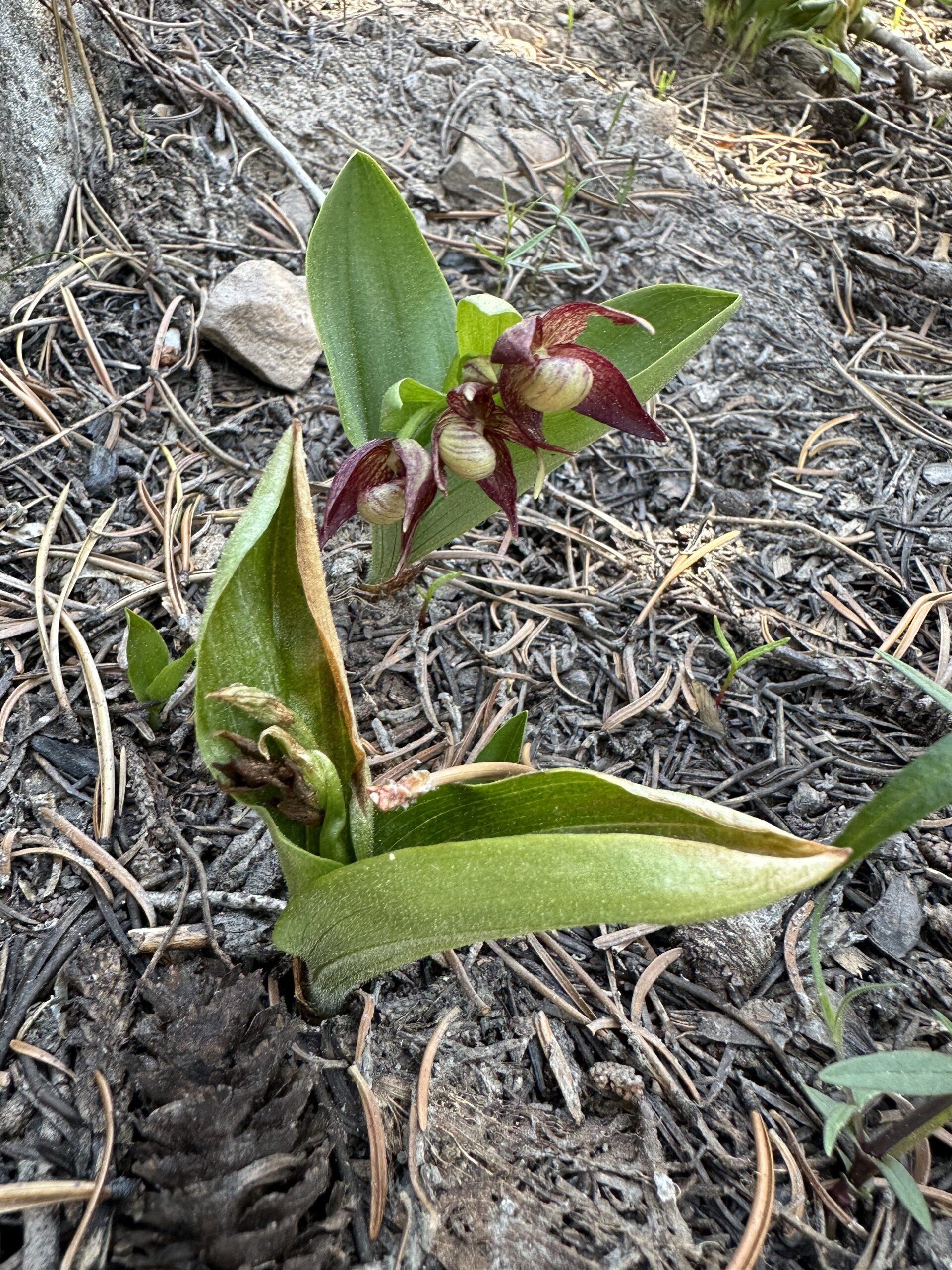

Outings with the field technicians allowed us to explore different areas of the forest and supplied us ample opportunity for seed collection scouting. The species list given seemed extensive and just a tad bit overwhelming, especially with the idea that we’d need 10-20 different populations from each of them, but we quickly overcame that as we saw many potential populations to collect from. Of course this was only after becoming familiar enough with them to confidently spot the target species from our truck. We were always allowed to ask to stop for species verification checks, which is why it could be time consuming to carpool/hike with botanists…we had many “squirrel!” moments. When Sierra determined we could start going out on our own, we began using tablets to collect data and record information for those target populations.
So far we’ve completed collections of Lomatium dissectum, Lomatium grayi, and Chaenactis douglasii. To keep our sanity we’ve also created a seemingly never ending spreadsheet of areas and populations we need to revisit once seeds have matured. In the meantime it’s been touch and go for scouting populations forest wide. We hope to collect from every population and species on our list, a daunting task to say the least since we know we’ll have moments where everything will seem to be ready for harvest all at the same time. Mother Nature waits for no one. Through this internship I’ve been able to explore the gorgeous canyons and mountains the UWC forest has to offer. I’ve even come across unusual orchids that I didn’t know existed, let alone grew here. Admittedly, it’s been difficult to avoid dwelling on how quickly our time’s been flying by, but I look forward to the many goals we aim to achieve, challenges, and adventures to come!
